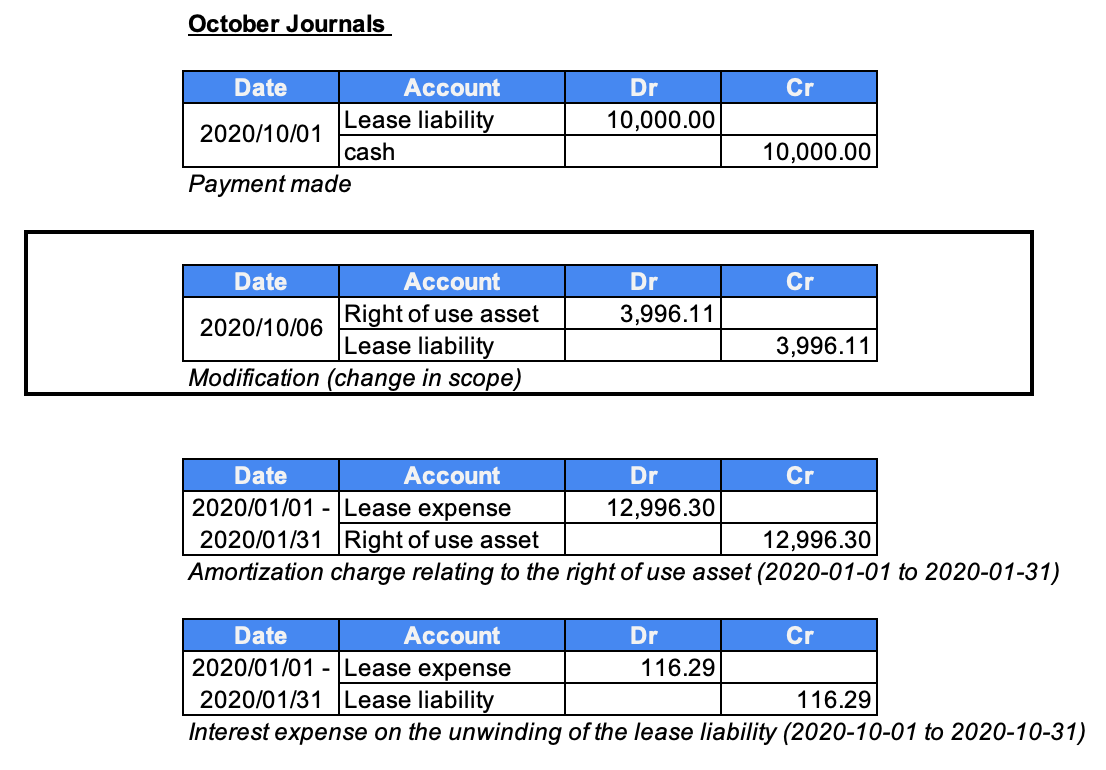
You should have written a T account for each account name used, posted the amounts on the proper debit or credit side and balanced each account. You should have written a T account for each account name use and post the amounts on the proper debit or credit side and balance the account. I’ve put together a question pack covering Journal Entries.
- Total debits will equal the total amount of increases to the asset.
- A credit to cash is a decrease in cash.
- The expense is either paid for, a credit to cash, or is owed, a credit to a liability.
Completing Transactions
Imagine not being stressed out while taking your test! You’ll become more efficient at answering these questions correctly, so you’ll feel calm, and confident while taking your test. Determine the balance in the cash account at the end of the first month. A current asset representing the cost of supplies on hand at a point in time. The account is usually listed on the balance sheet after the Inventory account.
Debits and Credits Outline
Paying later increases a liability, credit (not one of the choices). B. Debits to an asset (left/top) represents increases. Total debits will equal the total amount of increases to the asset.
Account Balances and Calculations
The customer does not pay for goods providedd. The total of the Debit column of the trial balance will exceed the total of the Credit column by $13,000. Auto-grading quizzes and tests with detailed stats and reports. Create quizzes and tests automatically from your content using AI.
What is the total stockholders’ equity reported on JMP Consulting’s balance sheet?
C. Inventory is an asset which is debited when it increases. Increases in inventory occur when it is purchased and received. C. This is an increase in the asset, prepaid expense. Increasing an asset is recorded with a debit. A. This is an increase to prepaid insurance. Prepaid insurance is an asset and assets increase with a debit.
(c.) occurs when the company purchases its own stock. A. The expense must be paid for now or paid for later. The expense is a debit, so the other account must be a credit.
Just like your homework problems, it’s important to understand the “why” behind the answer, even if you answer the question correctly. A. The only time a company provides to the customer (revenue) and uses up an asset (expense) is when the company provides goods to the customer. Sales (revenue) and cost of goods sold (expense) are recorded in the same transaction.

Accrued expense is the liability often used for advertising expense (accounts payable is also used). D. Payments are always a decrease to cash which is recorded with a credit. If cash is the credit, the other account must be a debit. Dividends paid is a decrease to the owner’s equity account retained earnings or dividends paid (either can be used).
After recording the transactions,prepare a “T account” and balance the cash account. B. Owing a supplier is called accounts payable. Cash is credited when payment is made.
Not yet received is a receivable which is an asset. One could thus follow information from the journal entry to an account in the ledger, or vice versa. A recording in one of the journals is called a journal entry. Of course, these how far back can the irs audit you days bookkeepers enter transactions in an accounting program on the computer. So these books of first entry are now just in digital form. They are chronological accounting records, each one composed of a debit and a credit.
There are roughly ten common transactions that occur repeatedly in accounting, each of which has a different journal entry. As I’m sure you know, there is a lot of information to learn for your accounting class. My my goal is to help you pass your accounting class, so if you need help, reach out to me! I have more practice tests and practice quizzes like the ones above.
